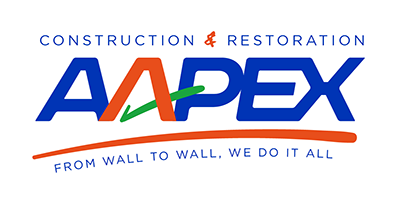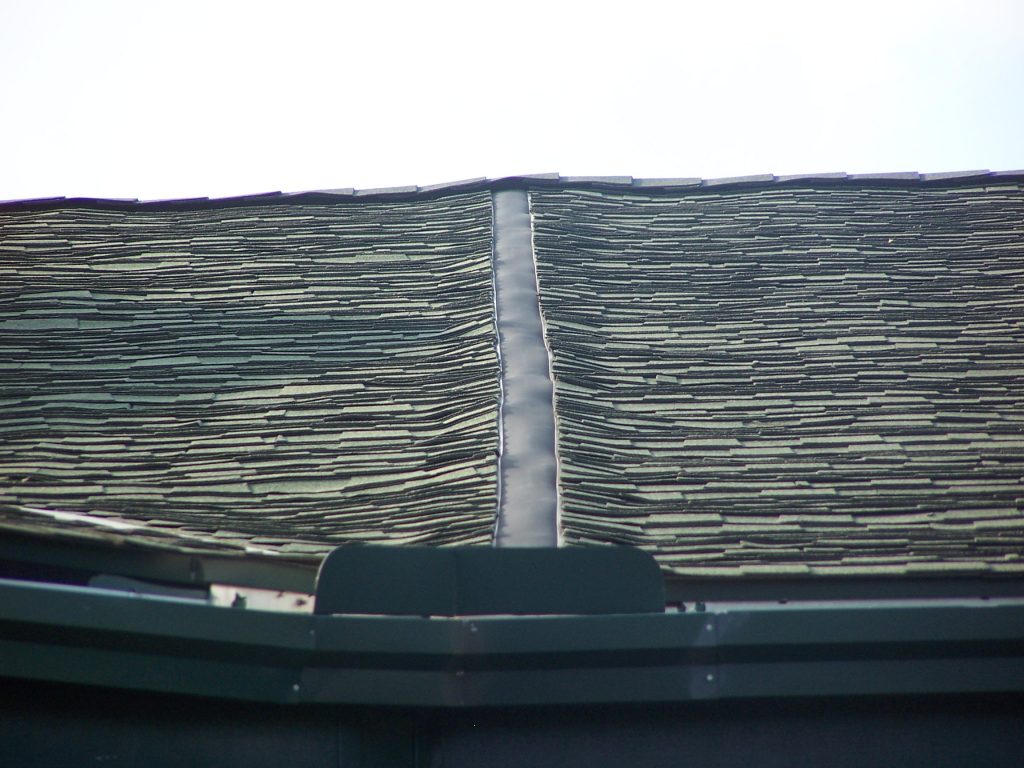A new roof is often one of the single most expensive, yet expected, repairs a homeowner will make. Yet many homeowners are not aware that, when replacing a roof, they will need to decide between two distinct options – whether to overlay shingles over their existing roof or tear away the old roof before laying the new. Each offers distinct pros and cons, depending on the situation. So how can you know whether your home is in need of an overlay or a tear away? Here are some things to consider.
Roof Overlay: Pros and Cons
Installing a roof overlay means that your existing roof remains as is, serving as the foundation upon which your new roof will be laid. Typically, according to state law and county building code and regulations, you are only able to overlay once, which means if you already have two layers of shingles on your home, you will not be able to consider overlaying a new roof. While doing an overlay may sound like a “quick fix,” in certain situations, an overlay is actually a safe and common method for replacing a roof.
Overlay Pros:
• Without the labor required in tearing away your old roof or laying new underlayment, an overlay will be significantly less expensive than a full tear away, and can be done without compromising the integrity of your roof.
• Similarly, because it requires much less labor, an overlay is done much quicker than a full tear away, which means much less inconvenience for you and your family.
Overlay Cons:
• Generally, the shingles in an overlay will not last as long as those laid in a tear away roof replacement. This is caused by the extra heat trapped by the added layers of shingles. Typically, the lifetime of shingles is cut in half in an overlaid roof.
• An overlaid roof will add weight to the roof structure of your home. An overlaid roof is almost like adding another roof to your home, and that added weight will strain the underlying architecture, from your roof to its trusses. If your home is older, you’ll want to consider whether it can withstand the added strain that comes with a roof overlay.
• It will be difficult to assess any underlying problems without tearing away the existing shingles and looking at the decking underneath. With that said, many issues with your underlying decking may be discovered while walking on the roof in preparation for doing an roofing overlay.
• Because the layers tend to be somewhat apparent, especially around the edges, the roof overlay may not look as good as a tear away would. After all, your old roof will have seen years of wear and tear. Because you will be installing your roof on a less than perfect roof, your finished job may not look as good as a tear away roof would.
• Because of the shortened lifespan of your shingles, you (or your home’s prospective buyers) will need to replace an overlay roof – likely in no more than 15 years’ time. And as you may guess, two layers of shingles means twice the labor in tearing away for your future roof replacement. Because of this, an overlay may result in a lower resale value for your home.
An overlay will be your best option if the wood decking underneath your roof is in good condition and if you only have one layer of shingles on your current roof.
Tear Away: Pros & Cons
As you can probably imagine, a tear away roof replacement entails fully removing the shingles and underlayment currently installed on your home. After a thorough inspection, repairs are completed to the decking underneath before new underlayment and shingles are installed. This option is a must when you already have two layers of shingles on your roof, the roof is soaked from water damage, or the currently installed roof material consists of asbestos/cement tile, wooden shakes, slate or clay.
Tear Away Pros:
• First and foremost, after a tear away roofing job is complete, you are left with a brand new roof. You will have the assurance that the decking underneath your roof is sound, that a proper underlayment has been installed, and that you can enjoy the full lifetime your shingles offer. A tear away roof provides peace of mind and years of relatively worry-free roof maintenance.
• Because the entire roof is replaced in a tear away roof replacement, your roofers are better able to repair high risk areas and install new flashings that will ensure your home is watertight for years to come.
• A tear away roof generally lasts twice as long as an overlay roof, which not only adds to your peace of mind but also to your home’s resale value. The last thing homebuyers want to tackle is replacing a roof. A tear away roof installation provides assurance to you – and potential buyers – that your home is soundly protected against the elements.
Tear Away Cons:
• The only real drawback to tearing away your old roof and installing a new one is the added expense that comes with it. A tear away roof requires much more labor – both in tearing away the old shingles and in repairing any issues that may be unearthed in the process – and consequently more time.
A tear away roof installation will typically see your most value added to your home. If your home already has an overlay roof installed, or if your current roofing materials necessitate it, a tear away will be your only option moving forward.
Are you weighing the options between an overlay and a tear away roof installation? Contact us today to see which option is best for you.
About Aapex Construction and Restoration


